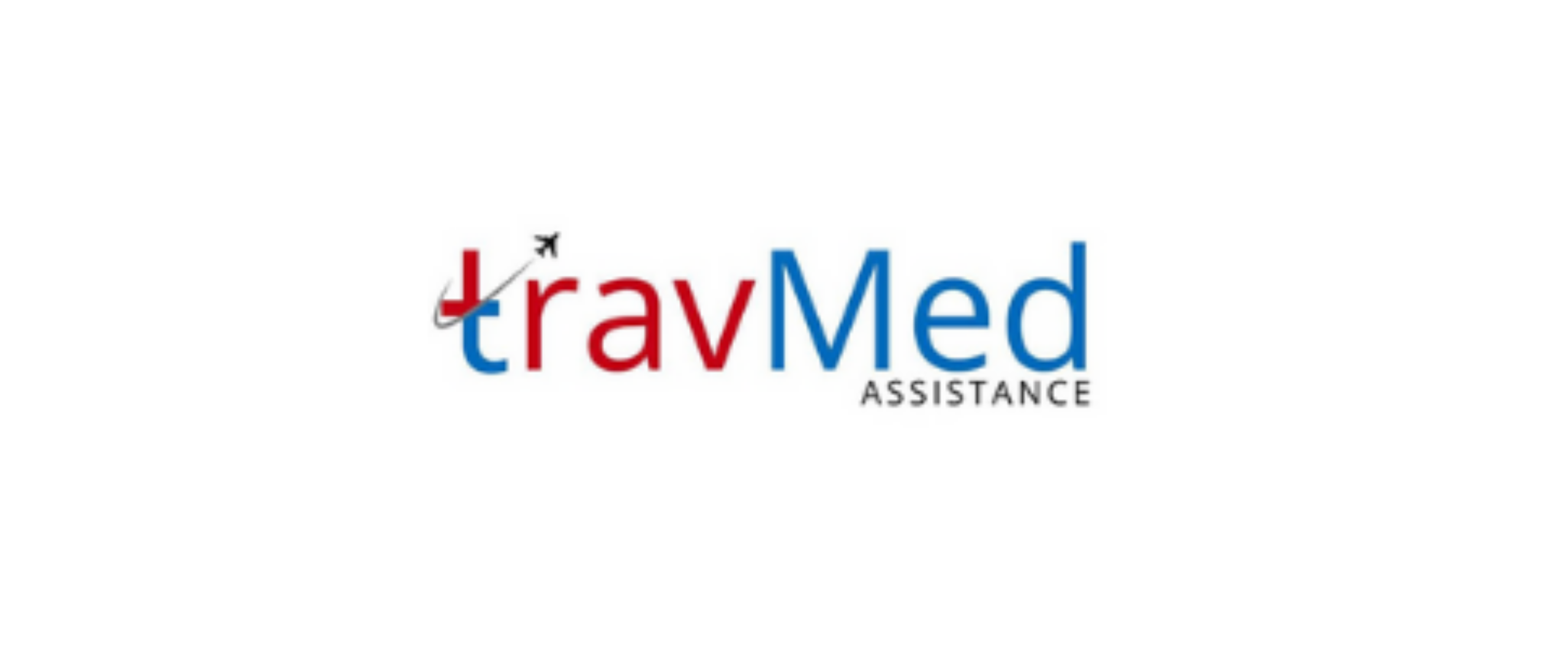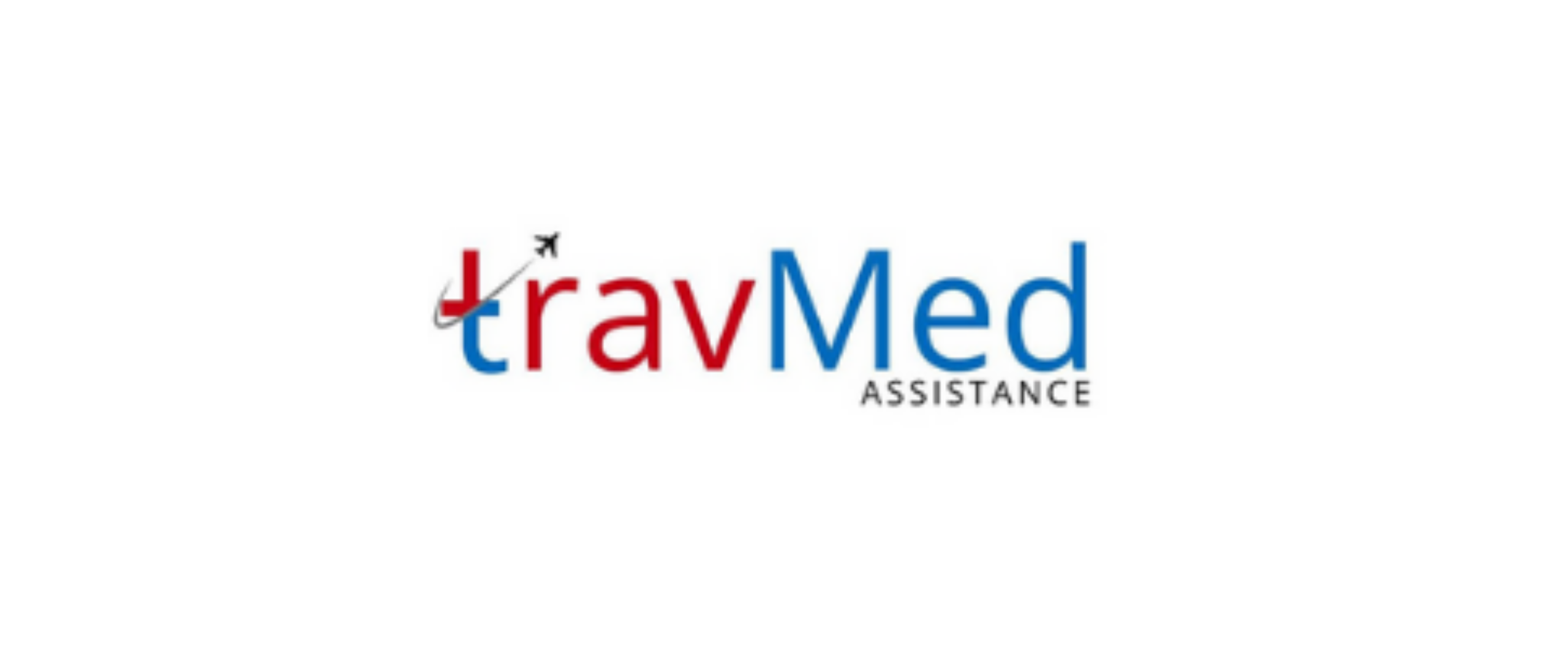
Message transmission in emergencies refers to the process of sending urgent communications between family members during crisis situations. This service enables people to contact relatives when normal communication channels are disrupted. In Nepal, message transmission becomes essential during natural disasters like earthquakes, floods, or landslides that damage infrastructure. It allows separated family members to inform each other about their safety and whereabouts. Emergency message services typically utilize alternative networks or methods to relay information when phone lines and internet are unavailable. The goal is to reconnect families and provide peace of mind during chaotic circumstances. Message transmission services are often provided by humanitarian organizations as part of disaster response efforts.
Who provides this service in Nepal?
In Nepal, several organizations offer emergency message transmission services. The Nepal Red Cross Society (NRCS) is a primary provider, operating a nationwide network for relaying urgent family communications. The International Committee of the Red Cross (ICRC) also supports message transmission efforts in Nepal during major crises. Additionally, some telecommunications companies like Nepal Telecom and Ncell may offer emergency messaging services during disasters. The Government of Nepal’s National Emergency Operation Center coordinates with these entities to facilitate message delivery. International organizations such as the United Nations Office for the Coordination of Humanitarian Affairs (OCHA) sometimes assist with message transmission during large-scale emergencies. Local NGOs and community organizations in Nepal may also help relay messages in affected areas.
How does the transmission process work?
The message transmission process in Nepal typically follows several steps. First, the sender contacts a service provider like the Nepal Red Cross Society to initiate a message. They provide details about the recipient and the message content. The service then verifies the sender’s identity and the urgency of the message. Next, the message is encoded and entered into a secure transmission system. The provider determines the best route for delivery based on the recipient’s location and available communication channels. This may involve using radio networks, satellite phones, or human messengers in remote areas. The message is then relayed through the chosen method to a local representative near the recipient. Finally, the local agent delivers the message directly to the intended recipient, often in person. The entire process is designed to ensure confidentiality and timely delivery in challenging circumstances.
What documents are required for transmission?
To initiate a message transmission in Nepal, several documents are typically required:
- Valid identification document (citizenship card, passport, or driver’s license)
- Proof of relationship to the message recipient (marriage certificate, birth certificate)
- Recent photograph of the recipient (if available)
- Contact information for the recipient (last known address, phone number)
- Details of the sender’s current location and contact information
- Brief explanation of the emergency situation necessitating the message
- Signed consent form authorizing the transmission service to handle personal information
- Any relevant medical information if the message concerns health issues
- Copy of any previous correspondence attempts (if applicable)
- Official documents related to the emergency (police reports, hospital records) if relevant
The specific requirements may vary depending on the service provider and the nature of the emergency.
How much does message transmission cost?
The cost of message transmission services in Nepal varies depending on the provider and the circumstances. Many humanitarian organizations like the Nepal Red Cross Society offer free message transmission during major disasters as part of their emergency response. However, some services may charge nominal fees to cover operational costs. For example, a basic message transmission might cost between NPR 100-500 (approximately $1-5 USD). More complex transmissions involving international delivery or multiple recipients could have higher fees. Some telecommunication companies may offer discounted rates for emergency messages during crises. In remote areas, additional charges might apply for transportation or special delivery methods. It’s advisable to check with specific service providers for current pricing. Financial assistance may be available for those unable to afford transmission fees during genuine emergencies.
How long does message delivery take?
The delivery time for emergency messages in Nepal can vary significantly based on several factors. In urban areas with functioning communication networks, messages may be delivered within a few hours to a day. However, in remote regions or during severe disruptions, delivery can take several days or even weeks. The Nepal Red Cross Society aims to deliver messages within 72 hours under normal circumstances. Factors affecting delivery time include:
- The recipient’s location and accessibility
- Current state of communication infrastructure
- Severity of the emergency situation
- Available transportation methods
- Number of messages being processed
- Verification procedures for sender and recipient
International messages typically take longer due to additional coordination required. Service providers usually prioritize urgent messages related to life-threatening situations. While efforts are made for swift delivery, the unpredictable nature of emergencies can lead to delays.
Are services available nationwide in Nepal?
Message transmission services are available nationwide in Nepal, but coverage and efficiency can vary across regions. The Nepal Red Cross Society maintains a network of branches and volunteers throughout the country, enabling message delivery in most districts. Urban areas like Kathmandu, Pokhara, and Biratnagar generally have more robust services due to better infrastructure. However, remote mountainous regions and the Terai plains may experience challenges in message transmission. During major disasters, national and international organizations collaborate to extend coverage to affected areas. The government’s National Emergency Operation Center coordinates efforts to ensure nationwide accessibility. While services aim for comprehensive coverage, extremely isolated locations or areas with ongoing conflicts may face limitations. Service providers continually work to improve their reach and overcome geographical barriers in Nepal’s diverse terrain.
Can messages be sent internationally?
Yes, international message transmission is possible from Nepal during emergencies. The Nepal Red Cross Society, in collaboration with the International Committee of the Red Cross (ICRC), facilitates cross-border message delivery. This service connects Nepali citizens with family members abroad or helps foreigners in Nepal contact their home countries. International messages typically require additional processing time due to coordination between national societies. The process involves:
- Verifying the sender’s identity and message urgency
- Translating the message if necessary
- Coordinating with the Red Cross or Red Crescent Society in the destination country
- Navigating international regulations and border restrictions
- Utilizing global communication networks for transmission
While international message services are available, they may be prioritized based on the nature of the emergency and available resources. Costs for international transmissions might be higher than domestic services. During large-scale disasters, special protocols may be activated to expedite international message delivery.
How reliable are transmission services?
The reliability of message transmission services in Nepal is generally high, especially during emergencies when these services are most critical. Organizations like the Nepal Red Cross Society have established protocols and experienced personnel dedicated to ensuring message delivery. However, several factors can affect reliability:
- Severe infrastructure damage during disasters may cause delays
- Remote areas with limited access can pose challenges for timely delivery
- High volume of messages during major crises may lead to processing backlogs
- Accuracy of recipient information provided by the sender impacts successful delivery
- Political instability or conflicts in certain regions can hinder message transmission
Service providers implement various measures to enhance reliability, including:
- Regular training of staff and volunteers
- Maintaining alternative communication channels
- Collaborating with local authorities and communities
- Implementing tracking systems for message status updates
While no service can guarantee 100% reliability in all circumstances, emergency message transmission in Nepal has proven effective in reconnecting families during numerous crises.
How do I access message transmission services?
To access message transmission services in Nepal, follow these steps:
- Contact the nearest Nepal Red Cross Society office or branch
- Visit the National Emergency Operation Center if operational during a crisis
- Reach out to local government offices for guidance on available services
- Check with major telecommunication providers for emergency messaging options
- Inquire at international organizations’ local offices (UN, ICRC) during large-scale emergencies
- Consult community leaders or local NGOs for assistance in remote areas
- Visit designated emergency communication centers set up during disasters
- Call emergency hotlines established for crisis communication
- Use online platforms or apps provided by service organizations if internet is available
- Approach Nepal Police stations for help in accessing transmission services
- Contact your embassy or consulate if you’re a foreigner in Nepal needing assistance
- Seek help from local media outlets that may be facilitating emergency communications
Remember to have necessary documents and recipient information ready when accessing these services.
Are services available online in Nepal?
Online message transmission services in Nepal are emerging but not yet widely established for emergencies. The availability of online services depends on:
- Internet connectivity, which can be disrupted during crises
- The specific emergency situation and its impact on digital infrastructure
- Initiatives by service providers to develop online platforms
Some developments in online services include:
- The Nepal Red Cross Society’s efforts to create a web-based message system
- Government plans to integrate online messaging into disaster response protocols
- Telecommunication companies exploring digital emergency communication solutions
- Social media platforms being utilized for informal message sharing during crises
- International organizations introducing online tracing services accessible in Nepal
While online options are increasing, they are not yet as reliable or comprehensive as traditional methods. Many areas in Nepal, especially rural regions, still lack consistent internet access. Therefore, a combination of online and offline services is currently the most effective approach for emergency message transmission in Nepal.
How are messages secured during transmission?
Security of messages during transmission in Nepal is a top priority for service providers. Various measures are implemented to ensure confidentiality and integrity of communications:
- Encryption techniques are used to protect message content during electronic transmission
- Physical messages are sealed and handled only by authorized personnel
- Strict protocols are followed for verifying the identity of senders and recipients
- Access to message databases is restricted to essential staff members
- Regular security audits are conducted on transmission systems
- Messages are typically destroyed after successful delivery to maintain privacy
- Staff and volunteers undergo training on confidentiality and data protection
- Secure communication channels are used, including dedicated radio frequencies
- Partnerships with cybersecurity firms help enhance digital transmission security
- Physical security measures protect message centers and transmission equipment
- Compliance with international standards for handling sensitive information is maintained
- Continuous monitoring of transmission processes helps detect and prevent security breaches
These security measures aim to protect the privacy and safety of individuals using emergency message services in Nepal.


